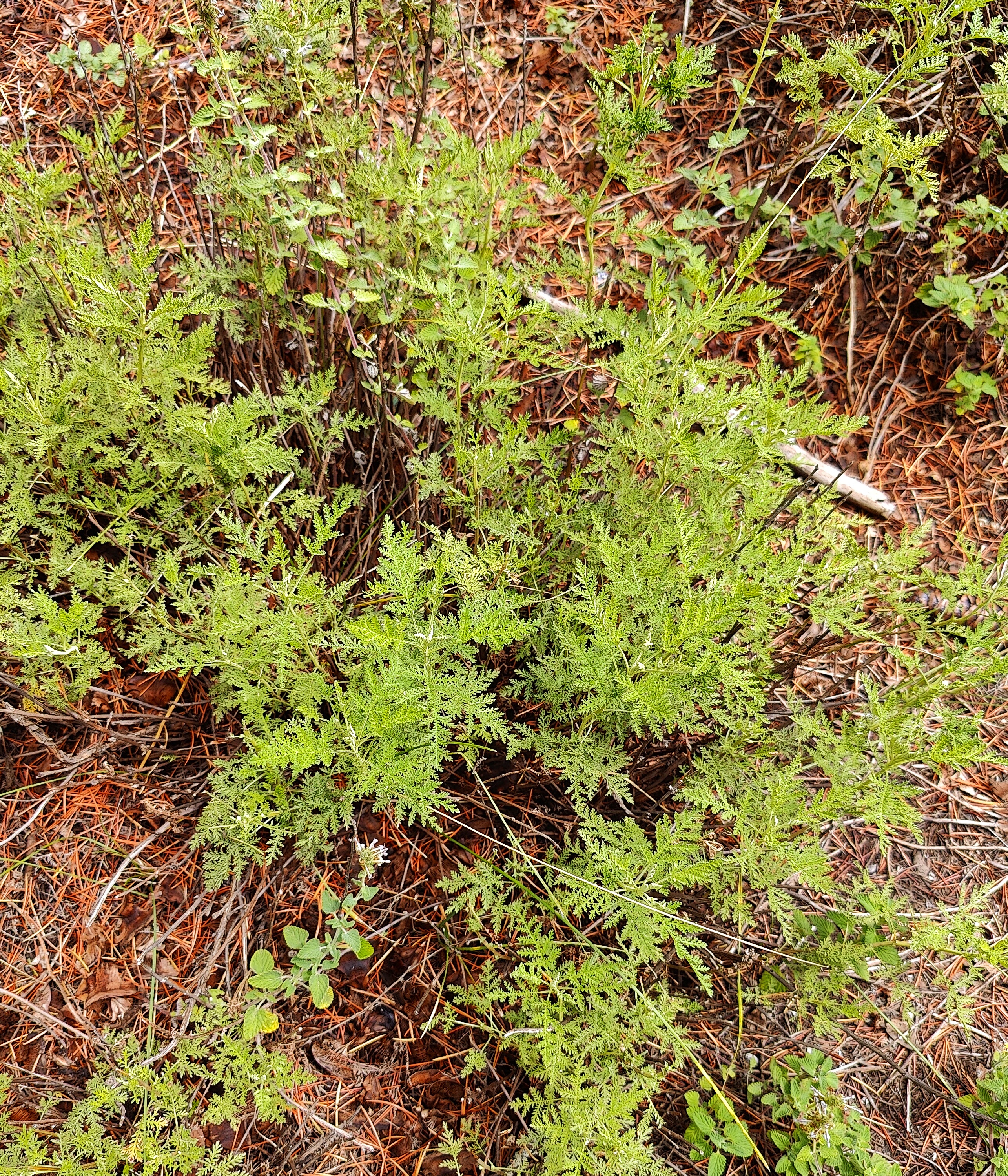Tulsi, an aromatic medicinal plant finds its special place in Hinduism. It is often said that the worship of lord Vishnu is incomplete without Tulsi. But the species of Tulsi used for worshipping the deity varies from place to place. Be it the famous Vrindavan, Badrinath or Gangotri, the variants of Tulsi vary altogether. Mostly Ocimum tenuiflorum or Ocimum sanctum L. belonging to the family Lamiaceae is used as holy basil, however in Badrinath, Badri Tulsi (Origanum vulgare) forms an important part of offerings to the lord. In Gangotri, twigs of Ganga Tulsi (Artemisa acrorum Ledeb. now A. gmelinii Web. ex Stechm): Russian Wormwood, ‘Ganga Tulsi’, ‘Chamra’, ‘Kala-purcha’ is used to worship the goddess. Tulsi, a sacred plant in Hinduism is also considered as the manifestation of goddess Tulsi. The leaves of the plant are essential in the worship of lord Vishnu. It is native to the Indian subcontinent and widespread as a cultivated plant throughout the Southeast Asian countries. However, at altitudes beyond 10,000 ft it’s difficult for O. tenuiflorum to flourish but various species of Oreganum sp. and Artemisa sp. are ecologically adapted to survive in these temperate climatic zones. Due to ecological and climatic variations, it is difficult to cultivate Ocimum tenuiflorum or Ocimum sanctum L. at high altitudes, hence, the locally available medicinally important aromatic plant species are preferred to worship the deities. Ganga Tulsi’, ‘chamra’, ‘Kala-purcha’ herb is usually 0.5-0.9 m. high found in the dry alpine region from 2300-3000 m. In Malari and Niti the herb is used as incense and also offered to the local deities. The leaf twig is offered in Gangotri temple and is known as ‘Ganga Tulsi’. The essential oil and chemical constituents of Ganga Tulsi mainly comprise of limonene (45.6%), borneol (11.1%), farnesol (9.2%),thujyl alcohol(9.0%), geranyl acetate (6.9%), ?-pinene (6.5%), nerol(3.6%), thujone (2.8%), thujyl acetate (0.9%),cineole (0.2%) Shah [19] and (Annual Report CIMAP, 1983-84). Due to meagre conservation efforts the plant species is facing threat in its natural habitat due to over extraction. During the course of my visit to Ga?g?tr?, i could see that littering plastics is a serious concern. Eupatorium species is also slowly paving its way to dominate the forest floor. Significant adoption of conservation measures to protect the biodiversity and landscape is eminent in the region. My humble request to the tourists to travel responsibly to protect the sanctity of the ecosystem in the upper reaches of the Himalayas. Thank you Like, share and follow. ?https://youtube.com/shorts/u4e2UDbDBN0?feature=share https://www.facebook.com/Dr.ChandrimaDebi/ https://www.instagram.com/debichandrima/ https://www.sumanmitra.com/ ©All images and content are subjected to copyright © 2022 chandrimadebi https://chandrimadebi.com


